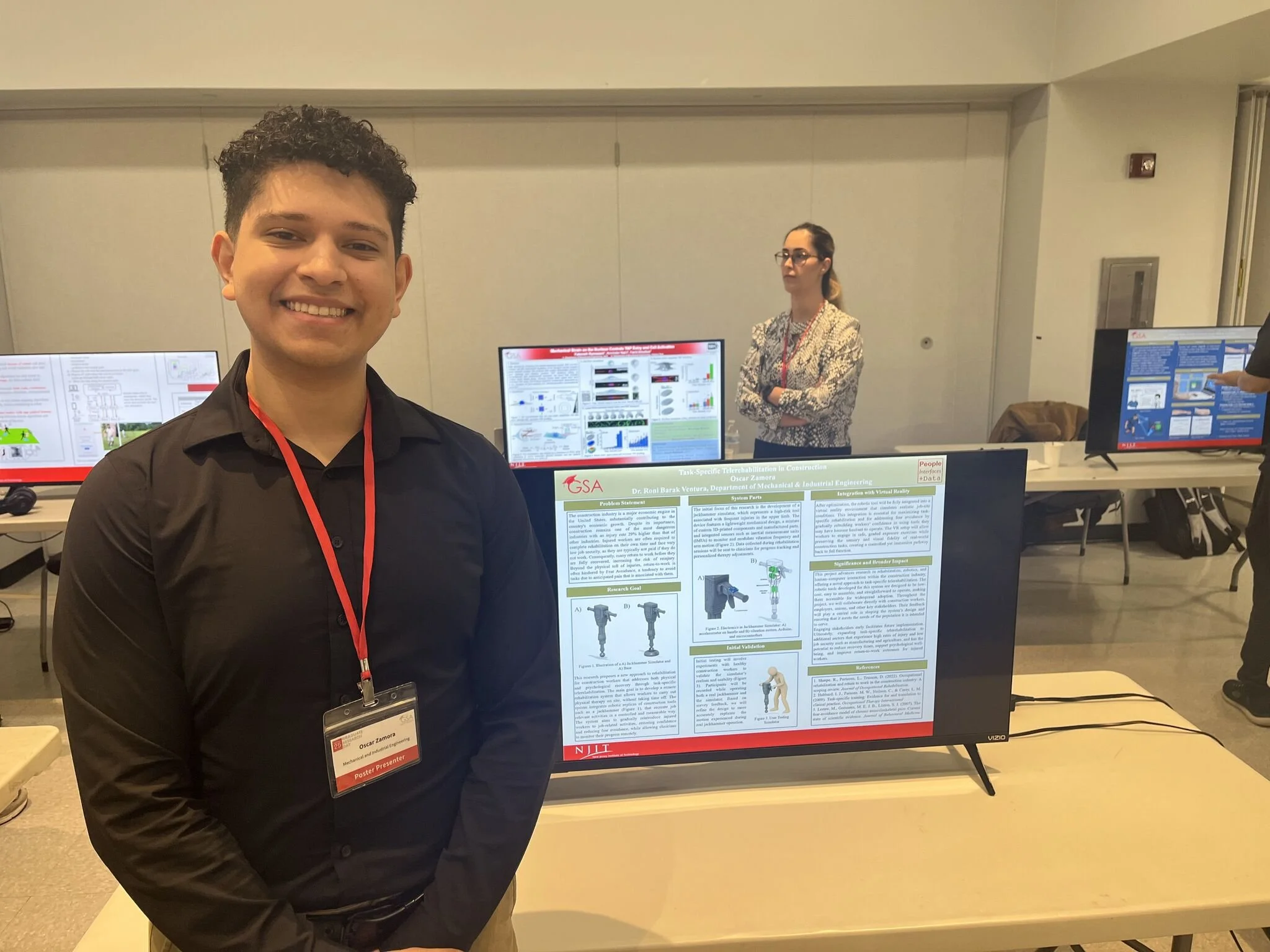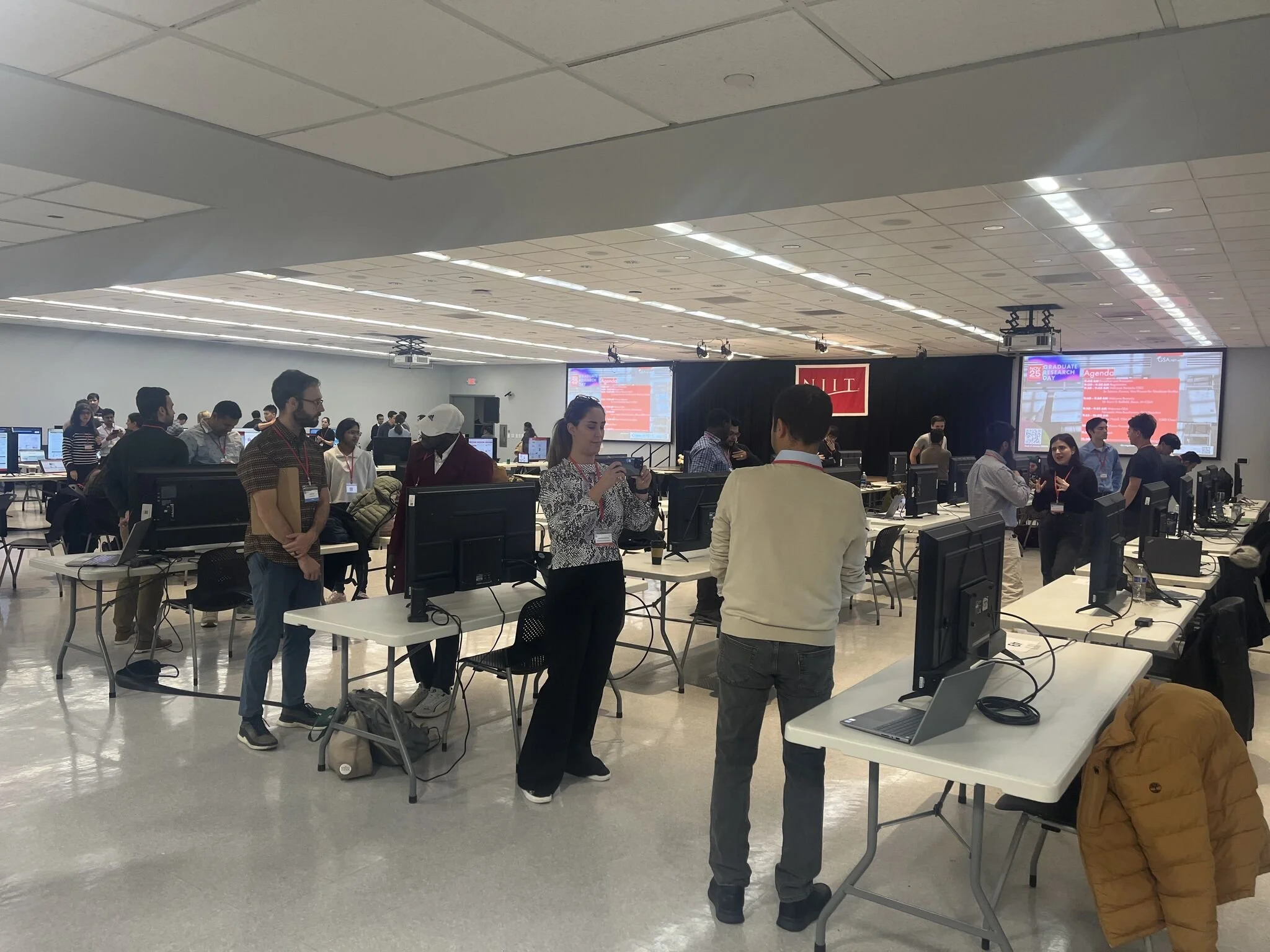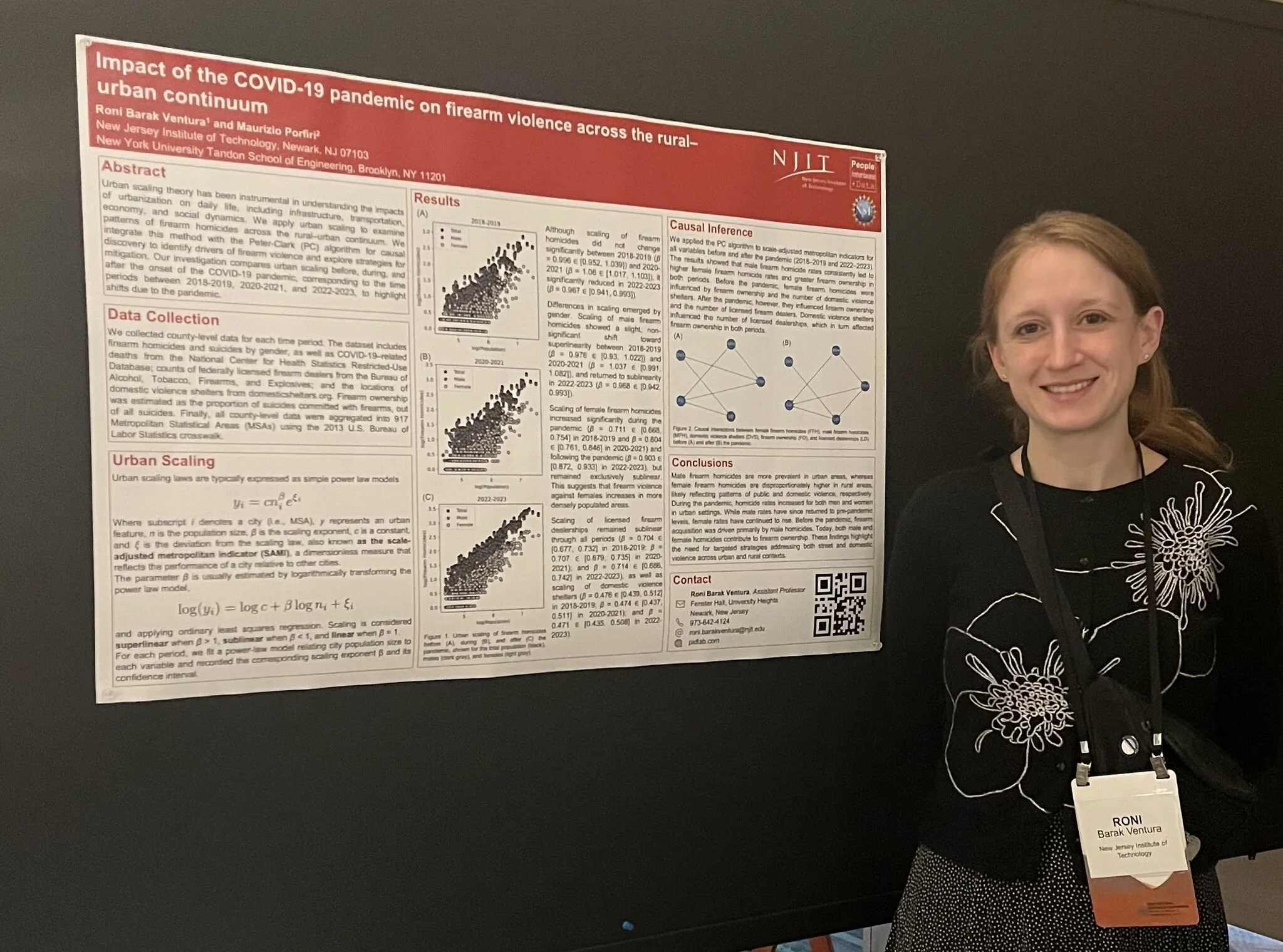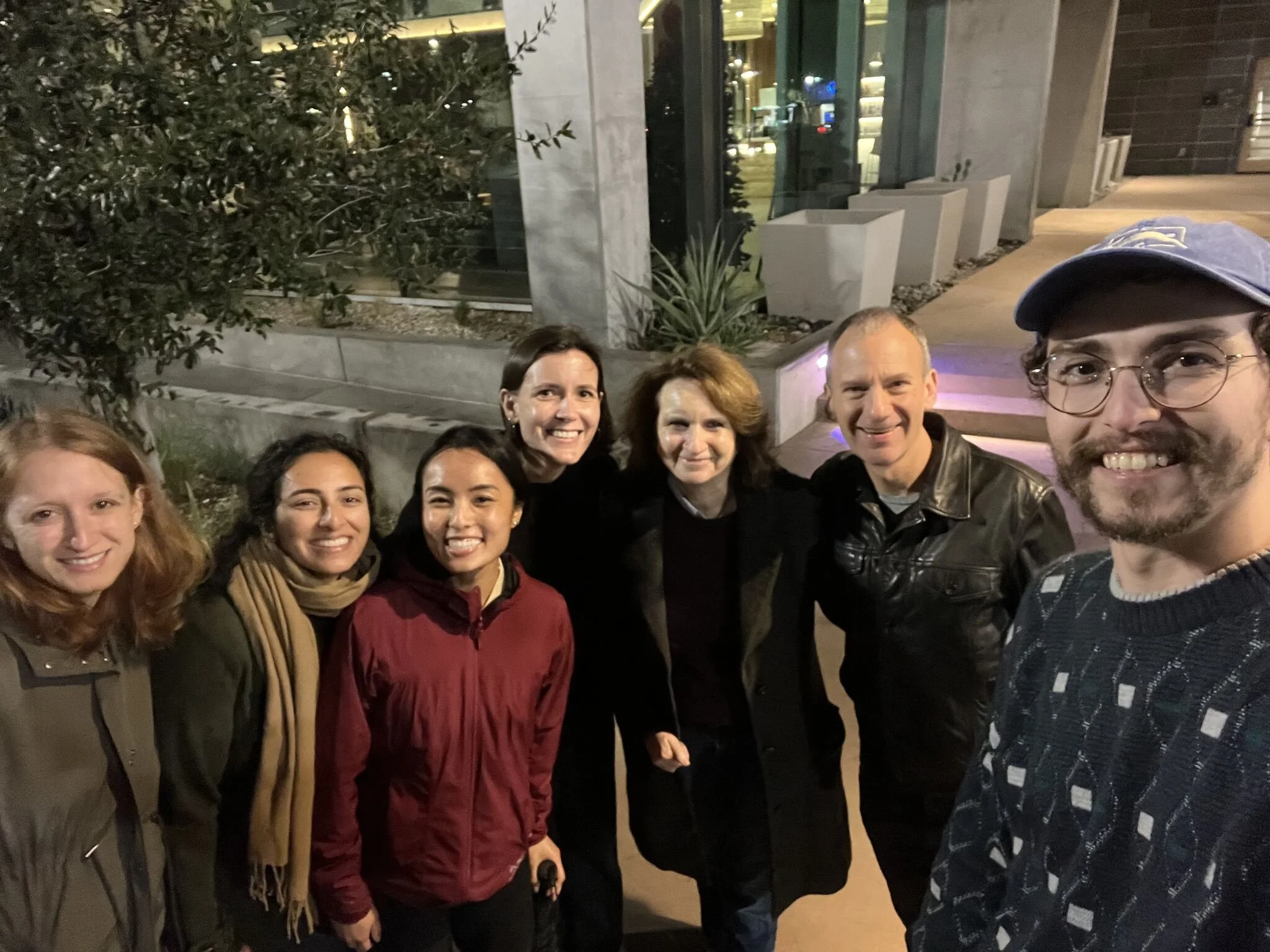Celebrating research, collaboration, and gratitude this holiday season
The past two weeks have been an inspiring time for the PID Lab, as we celebrate both the incredible work happening within our team and the broader research community.
I had the privilege of attending the 2025 National Research Conference for the Prevention of Firearm-Related Harms in Tempe, Arizona. The meeting brought together epidemiologists, statisticians, public health researchers, nurses, physicians, and community leaders, each contributing critical perspectives on addressing firearm-related harm. It was invigorating to witness how interdisciplinary collaboration continues to advance this complex field. During the conference, I presented collaborative work with my PhD advisor, Maurizio Porfiri, on urban scaling and its potential to model firearm violence across the rural–urban continuum. The discussions highlighted the importance of integrating structural, spatial, and dynamic factors into public health research—an approach that can help build more effective, evidence-based interventions. I returned from Tempe with new ideas, partnerships, and renewed motivation to continue contributing to this important work.
Closer to home, I am incredibly proud of the PID Lab team for their accomplishments this semester. Undergraduate students Hana Ighneim, Shukan Dave, and Zaid Choudhry were awarded the highly competitive URI Seed Grant, a testament to their dedication, creativity, and persistence. Additionally, Aayush Chitransh and Oscar Zamora presented their research at Graduate Research Day, sharing their work with clarity, rigor, and confidence. The event was a reminder of the supportive and collaborative nature of our research community.
I am grateful for our lab’s talent, collaboration, and energy, as well as for the broader network of researchers working toward meaningful impact. Together, these experiences underscore the power of curiosity, teamwork, and dedication in advancing both science and community well-being.





